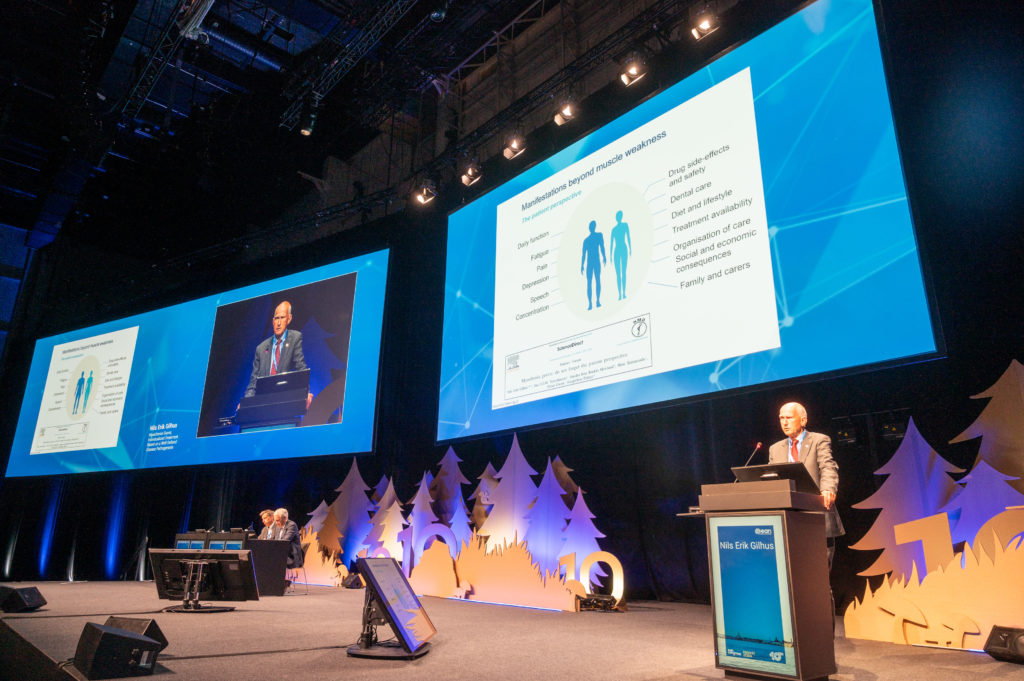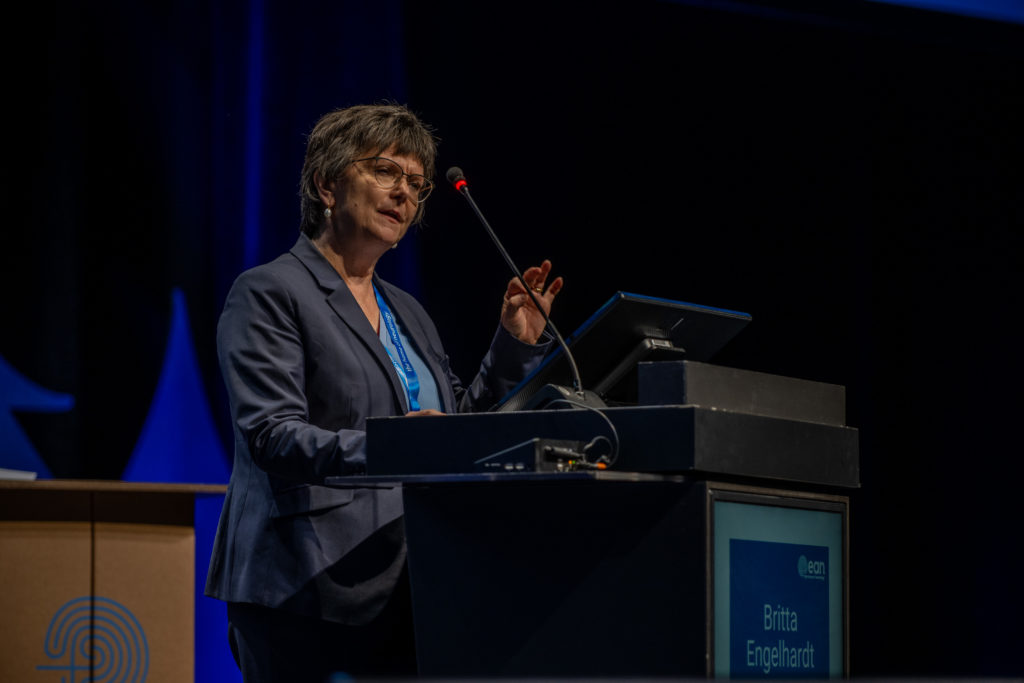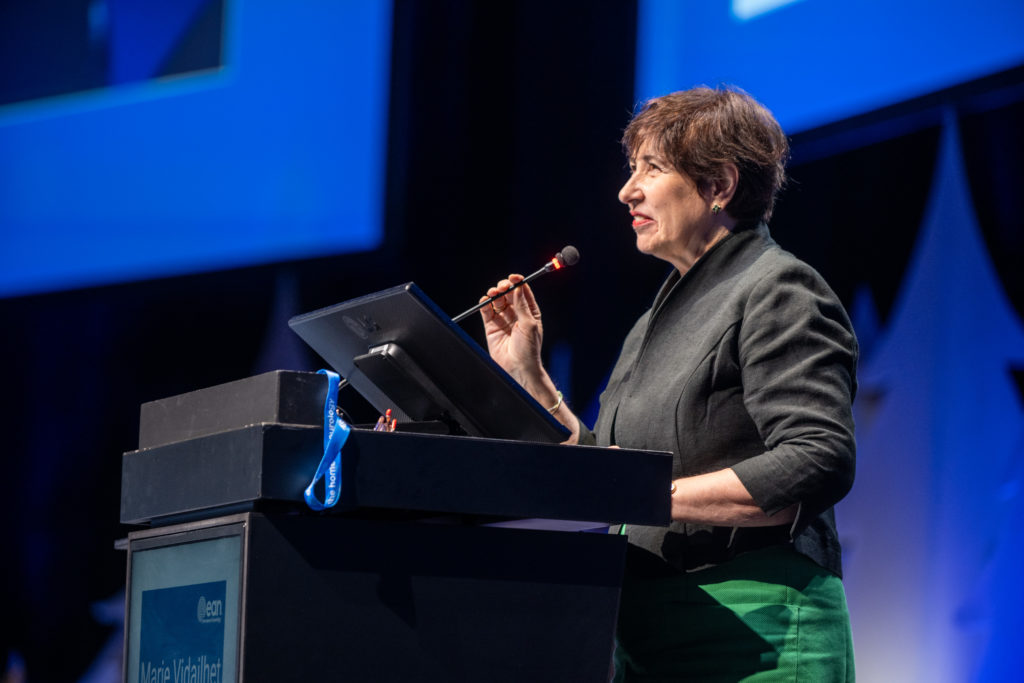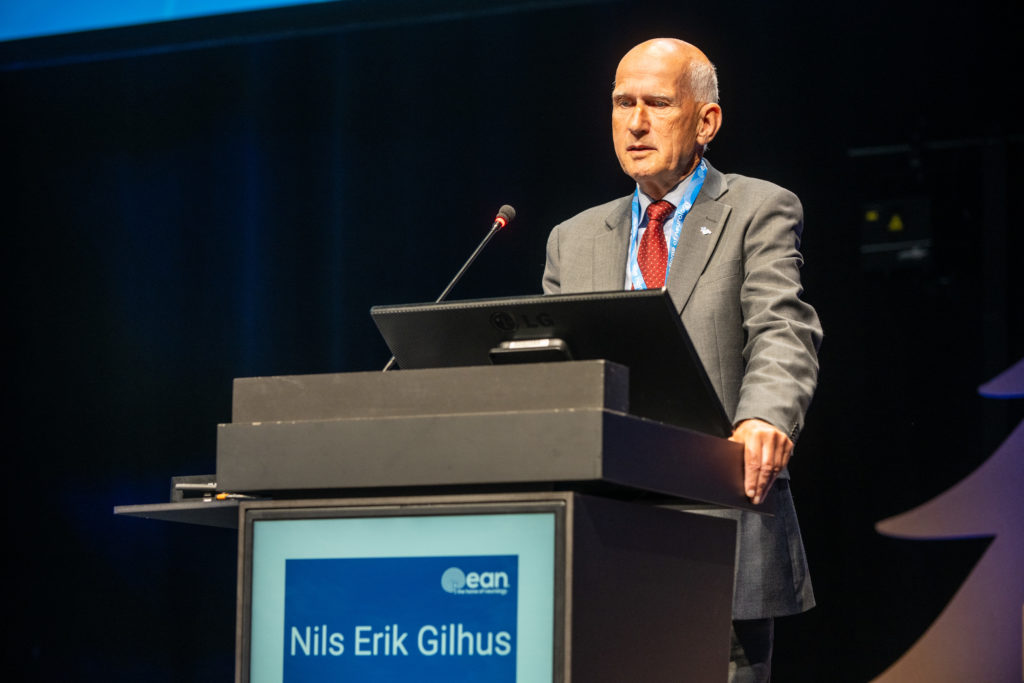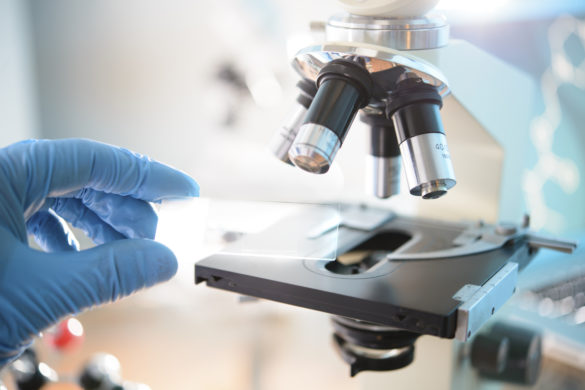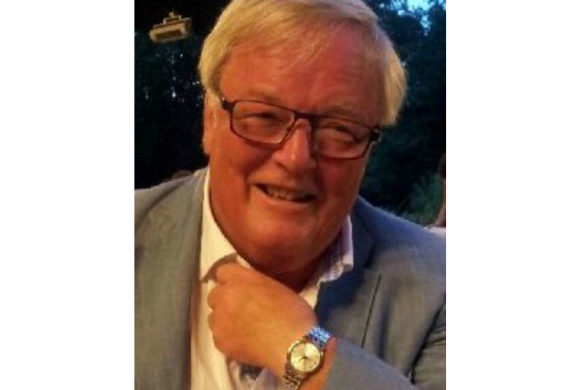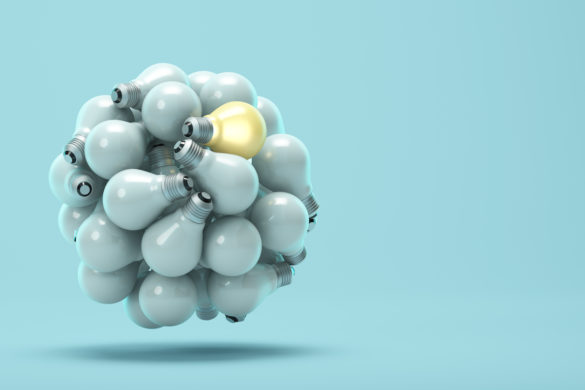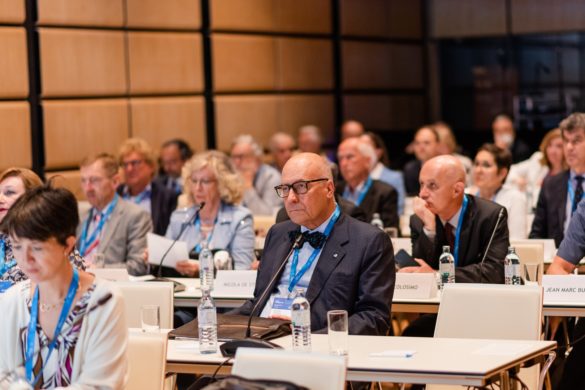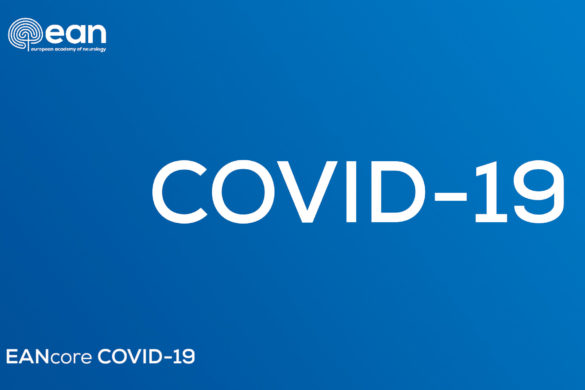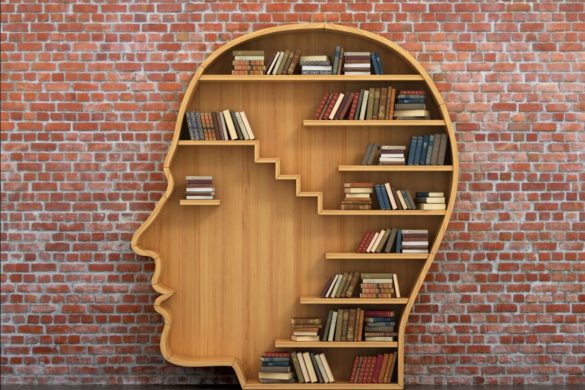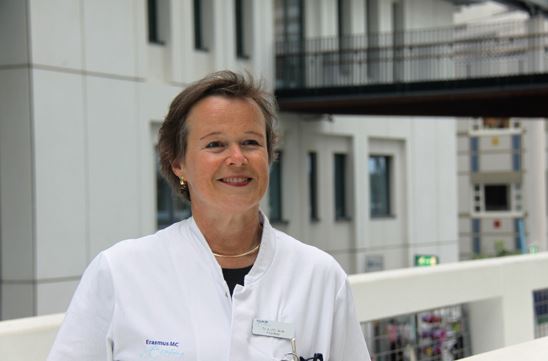by Mélisande Rouger
A quartet of esteemed Named Lecturers delved into some fascinating areas of neurology with powerful metaphors linking neuroscience to history and the celestial vault during the Presidential Symposium on the second day of EAN 2024, currently taking place in Helsinki, Finland.
EAN President Prof. Paul Boon, who co-chaired the session with Prof. Valtteri Kaasinen, introduced Prof. Michael Eldon Greenberg, the Brain Prize 2023 winner, who focused on how nature and nurture conspire to regulate brain development and plasticity.
Prof. Greenberg highlighted the importance of understanding the SCG2 gene, which has a significant role in enhancing endothelial cell proliferation, migration, and angiogenesis.
“The understanding of SCG2 function has the potential to offer therapeutics to neurologists, because we think that agonists of this pathway may be useful in preventing epilepsy as well as creating an idea of development for brain disorders,” he said.
Prof. Britta Engelhardt then gave the Camillo Golgi Lecture on how the brain barriers ensure central nervous system (CNS) immune privilege.
She insisted on the plural in brain barriers. “Most of you know that at the microvascular level we have the vascular blood brain barrier,” she said. “And then what is very unique to the CNS is that there is a second barrier: the evolutionary older blood brain barrier in vertebrates set up by astrocytes.”
There is also a second base membrane, which is molecularly distinct from the endothelium-based membrane, she added. “At the capillary level, these two membranes merge, but at the post capillary venule level, there is a tiny interspace where we might find very rare find antigen presenting cells.”
After the discovery that T cells could cross the blood brain barrier, numerous groups have found that T cells could not only cross the post-capillary venules in the parenchyma but also the meninges.
“A lot of colleagues started to say that the immune privilege of the CNS was wrong and history, and we should find novel concepts. But the immune privilege is right there. It’s not history, it’s a history concept,” she said, using the Marienfestung castle in Wuerzburg, Germany, as a comparison.
“It’s like a castle over the hill. You have a castle that is surrounded by two walls. The outer wall is the blood brain barrier, the inner wall is the clear second barrier. The CNS is the only organ that has that second barrier.”
Looking into Constellations of Genes
Prof. Marie Vidailhet presented the Charles Eduard Brown Sequard lecture on how clinical observations challenge neuroscience.
She took the audience for a journey into dystonia-like movement disorders and the galaxy.
“Clinical observations are a careful examination, and a precise description, and everybody can do that,” she said. “In the past, people had to watch with a naked eye or into a camera oscura to see details, and paint them. Now we try to find something which comes from observation to something that is related to patient outcomes.”
Over the past 30 years, pictures in neurology have improved, just as the telescope to better see the stars, she went on.
But seeing the movement in dystonia-like movement disorders was not enough, and researchers worked to obtain images of how the brain works. Then the field expanded.
“This mere movement is not only the anatomy, it’s also something that deals with a constellation of genes,” she said. “Many new genes were discovered, and they work together with a complex of proteins too. And if they are abnormal with mutation, you end up with an impaired axon guidance and in the lateralisation defect.”
The idea of one gene, one disease is “probably something which is past our time,” she added. “It’s a combination of mechanisms that happen at a genetic and protein level, and more.”
She reported the work of one of her colleagues, who, using her intuitive and deductive intelligence, carried out tests on patients and was able to prove that coffee improved their conditions.
Neurology is now entering a new era of treatment based on pathology, she explained. “Caffeine is acting somewhere on this pathway, which is dopamine signaling. Caffeine is interacting with all the machinery – not only the ADCy5 but also the GNAL and ANO3 genes. This is how we introduced the concept that one gene is not enough. It’s a kind of company, and company is either good or bad.”
Three decades into deep brain stimulation, neurologists still cannot predict anything at the individual level. “We don’t know if patients will do well or bad. That is one of the challenges. We forgot the singularity. Each of you is a unique person. We have to take into account the intrinsic and extrinsic.”
Clinical observation and scientific approach are interconnected, and neurologists should think outside the box, she suggested. “Pay attention to what is supposedly unexpected. Think of singularity, everyone is unique and has their own variability. Time matters; you have to follow your patients for a long time. And pay attention to aging, because it’s a process itself.”
Last but not least, Prof. Nils Erik Gilhus, who received EAN honorary membership during the Opening Session, gave the Moritz Romberg lecture on individualised treatment of myasthenia gravis, which happens when the communication between nerves and muscles breaks down.
Symptoms may include weakness of arm or leg muscles, double vision, drooping eyelids, problems with speaking, chewing, swallowing and breathing, and subsequent depression.
“We have to treat these patients,” Prof. Gilhus explained. “Treatment is a compromise between standardised algorithms and personalised therapy. We should follow guidelines but adapt them to our patients.”
Subgrouping patients according to antibody target and age at symptom onset, remains the best strategy so far, but it is not enough.
“One the main challenges is to find biomarkers that better reflect subgroups of patients with similar response to therapy and similar prognosis,” he concluded. “That would be perfect subgrouping (…) I’m sure we will improve.”

